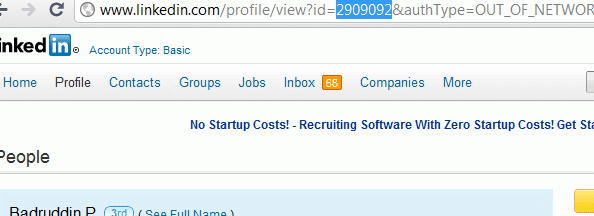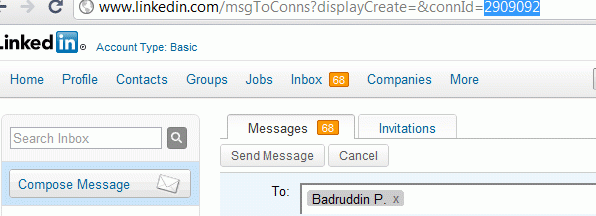
Some sourcers are a bit of “perfectionists“; they aim to craft the perfect searches. While (I admit!) I could enhance that side of my personality, I would like to offer some thoughts that may help you struggle less and feel more at ease while sourcing.
In our group and network discussions you may come across something like: “this Google search string brings non-resumes” or “your search didn’t bring some relevant LinkedIn profiles” as a criticism, or suggestion for improvement.
But is our goal to:
- create a search that would bring no false positives?
- create a search that would bring all of the right results?
- create “the” Boolean string that would do all the sourcing?
Of course not. The goal is to find most relevant results in a short time frame – and take action, such as get in touch with those relevant people and discuss business. So, I suggest to relax the rules:
- a few wrong results is OK if they don’t slow me down or take more screen space than is convenient;
- in most cases I will not find some relevant results;
- long and complex Boolean strings (or LinkedIn searches, or resume databases searches) are hard to use. What’s even more important, differently constructed searches may pick different results.












 Hi All,
Hi All,




